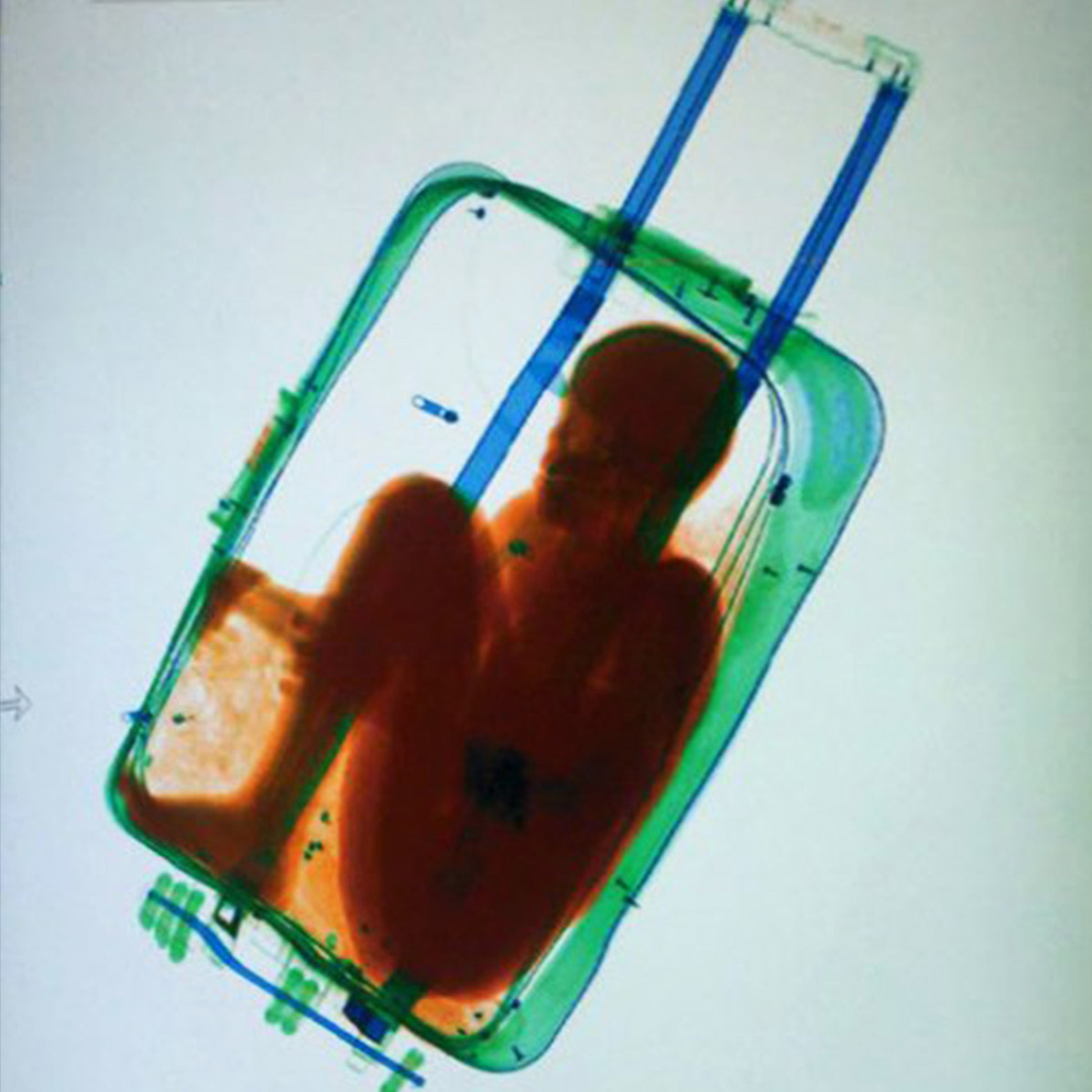Submitted by WA Contents
E-flux announced ’’Architecture as Intangible Infrastructure Symposium’’
United States Architecture News - Sep 16, 2015 - 12:41 4068 views

In June 2015, eight-year-old Adou Ouattara from Ivory Coast was discovered by border control X-ray as he was being smuggled into Spain from Morocco in a suitcase.
In a two-part “Architecture as Intangible Infrastructure” issue of e-flux journal in April and September 2015, edited together with Nikolaus Hirsch, the intangible and immaterial flows that today appear to exceed the language of building proper are shown by a number of architects to profoundly advance how the discourse of architecture must currently negotiate the terms by which space becomes an information system.
Intangible and immaterial flows of information now absorb and move around existing built space with indifference. Flows of refugees are fed into housing markets faster than provisional shelters can be built (Andrew Herscher). Grandiose signature buildings function less as monumental building projects than as signposts for concentrations of heritage, capital, or tourism. The negative spaces created by war become primary actors in narrating the destruction of buildings and societies (Eyal Weizman). Preservation design creates entirely new theaters of staged memory (Jorge Otero-Pailos). Smart homes promise to convert domestic space into information systems (Justin McGuirk). The universal transcendentalism of technology promises to cybernetically overcome the limitations of built space by making architecture dance to immaterial instructions (Keller Easterling). Technological advances often transform the function and perception of space much in the way that the heretical transparency of X-ray technology created the prospect of a world of pure visibility—through walls, people, and materials—but always through the screen of the X-ray (Beatriz Colomina).
> via e-flux.com
